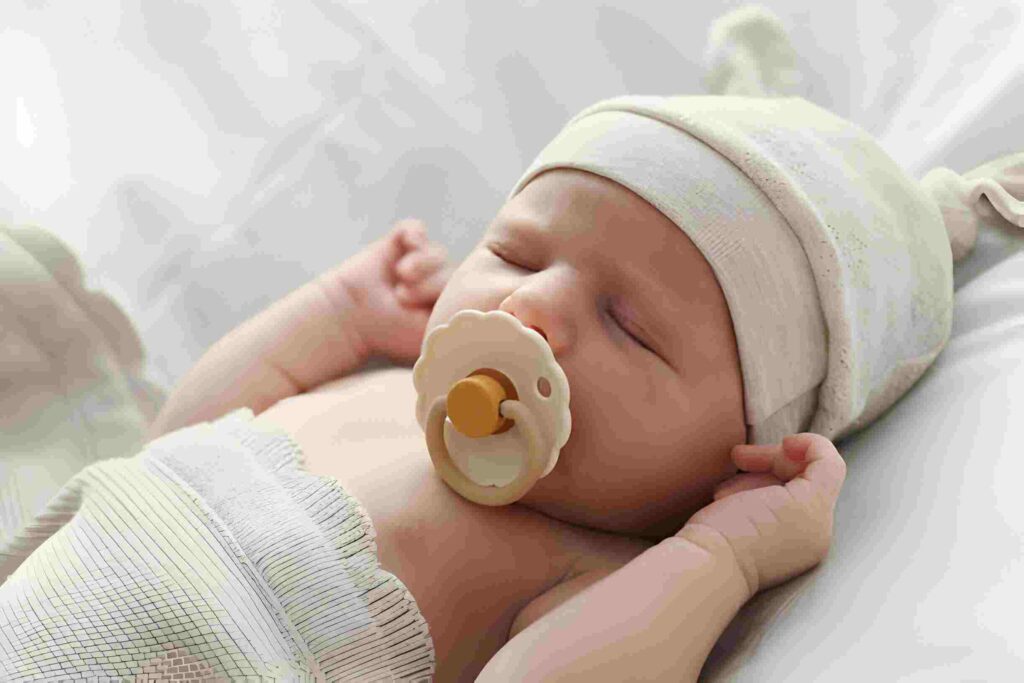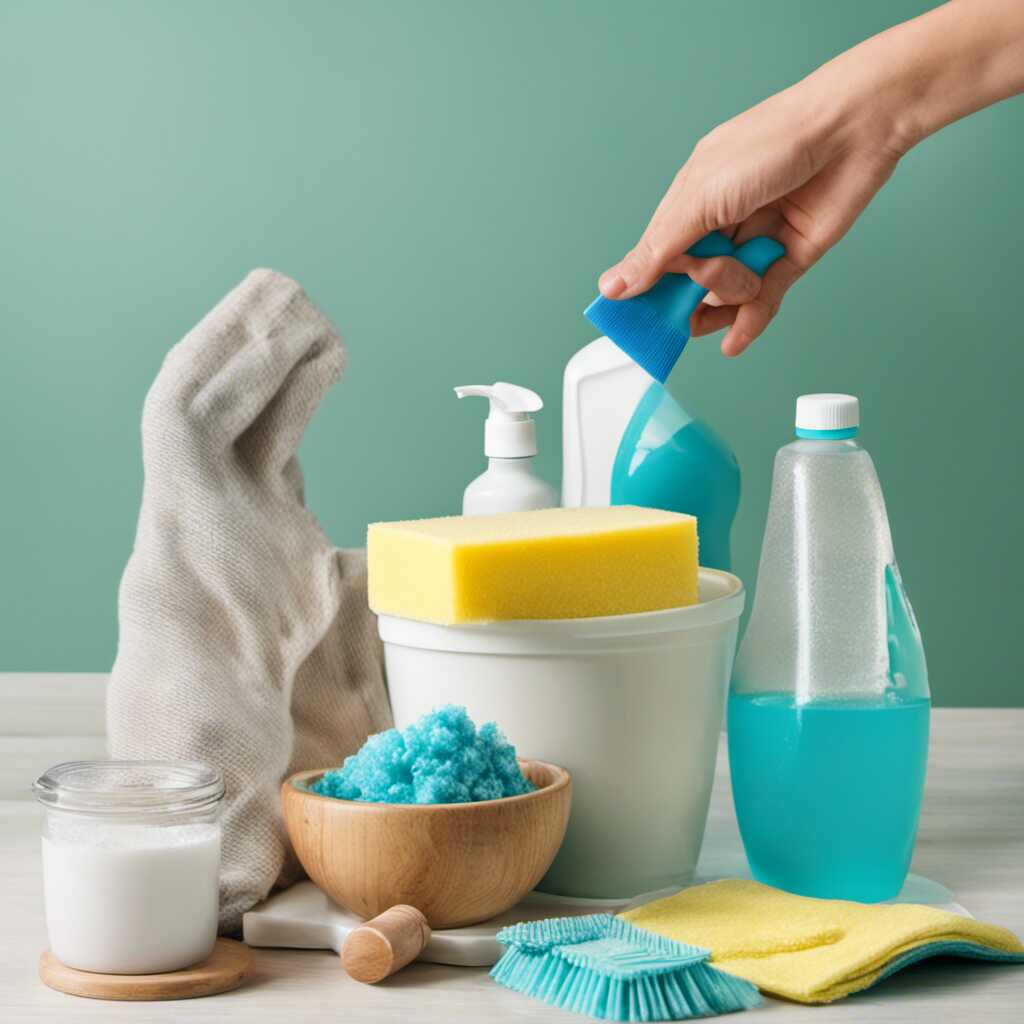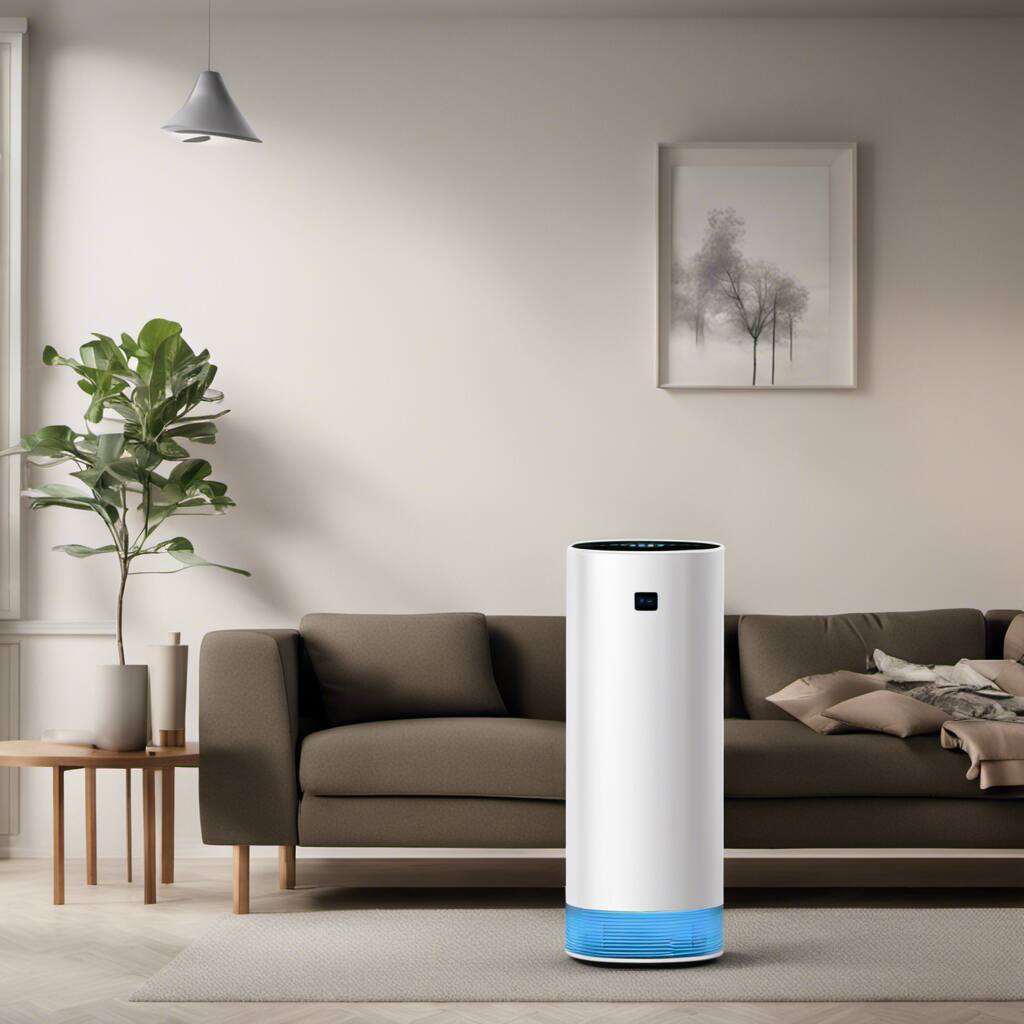
Welcoming a new baby into your home is a momentous occasion, filled with excitement, anticipation, and a dash of sleepless nights. As you prepare for this incredible journey of parenthood, one of the most crucial steps is creating a safe and clean environment for your precious bundle of joy. Babies are particularly susceptible to germs and allergens, so ensuring that your home is a haven of cleanliness is not just a matter of aesthetics but a vital component of their well-being.
In this comprehensive guide, we will delve into the nitty-gritty of “How to Clean Your Home for a New Baby: Tips for a Safe Environment.” From the nursery to the living room, we’ll explore the essential steps to take in order to provide a hygienic and nurturing space for your little one. Whether you’re a first-time parent or a seasoned pro, these simple yet effective tips will guide you through the process of creating a clean haven where your baby can thrive and grow.
So, let’s embark on this journey together, discovering the key elements of maintaining a spotless home that will not only ensure your baby’s safety but also contribute to the joy and serenity of your new family life. From choosing the right cleaning products to baby-proofing your living spaces, we’ve got you covered with practical advice that will make the transition to parenthood smoother and more enjoyable. Get ready for a clean start and a bright future for your newest family member!
Preparing the Nursery
Decluttering
Before you start deep cleaning, declutter the nursery. Remove unnecessary items and create a simple, organized space. This not only makes cleaning more manageable but also reduces dust and allergens.
Choosing Safe Cleaning Products
Opt for baby-friendly cleaning products to ensure a chemical-free environment. Look for products labeled as “non-toxic” or “baby-safe.” Natural alternatives like vinegar and baking soda are excellent choices for cleaning without harsh chemicals.
Washing Baby Clothes and Bedding
Prioritize washing all baby clothes, blankets, and bedding before the baby arrives. Use a gentle detergent and avoid fabric softeners, as they may contain irritants.
Cleaning Furniture and Surfaces
Wipe down all furniture surfaces with a damp cloth. Pay special attention to areas the baby will come into direct contact with, such as crib rails and changing tables.
Deep Cleaning the Home
Floors
Thoroughly clean and sanitize floors, especially in areas where your baby will spend time. Use a baby-safe floor cleaner and consider investing in a good-quality, easy-to-clean rug for added comfort.
Dusting
Dust can aggravate allergies, so dust all surfaces regularly. Opt for microfiber cloths that trap dust effectively. Don’t forget to dust high and low areas, as babies explore their surroundings from various angles.
Air Quality
Ensure good air quality in the nursery by regularly changing air filters in heating and cooling systems. Consider using an air purifier to reduce allergens and maintain clean air for your baby.
Kitchen and Dining Areas
If your baby will be spending time in the kitchen or dining areas, pay extra attention to cleanliness. Disinfect countertops, clean highchairs, and sanitize feeding utensils regularly.
Baby-Proofing Your Home
Securing Furniture
Anchor heavy furniture to the wall to prevent accidental tipping. Cover sharp corners with soft corner protectors to safeguard your baby as they begin to explore.
Electrical Safety
Cover electrical outlets with safety plugs and secure cords out of reach. Baby-proofing your home’s electrical systems is essential to prevent accidents.
Lock Away Hazardous Items
Ensure that cleaning supplies, medications, and other potentially hazardous items are stored securely out of your baby’s reach. Use childproof locks on cabinets and drawers.
Creating a Healthy Sleep Environment
Mattress and Crib
Choose a firm mattress for the crib and use a fitted sheet. Avoid soft bedding, such as pillows and heavy blankets, to reduce the risk of Sudden Infant Death Syndrome (SIDS).
Temperature Control
Maintain a comfortable temperature in the nursery. Use a room thermometer to ensure it’s not too hot or too cold, and dress your baby in layers for better temperature control.
Humidity Levels
Monitor humidity levels in the nursery. Keeping humidity between 30-50% helps prevent mold growth and promotes a healthy respiratory environment.
Personal Hygiene and Care
Handwashing
Frequent handwashing is crucial to prevent the spread of germs. Encourage everyone in the household to wash their hands thoroughly before handling the baby.
Pet Care
If you have pets, ensure they are clean and up-to-date on vaccinations. Supervise interactions between pets and the baby, and keep pet areas separate from the baby’s living space.
Conclusion
Ensuring a clean environment is an ongoing commitment, one that pays dividends in the form of a thriving, happy baby. From the meticulously cleaned nursery to the baby-proofed living spaces, every step you take contributes to a nurturing atmosphere that fosters growth and development. The simple act of choosing baby-safe cleaning products, securing furniture, and maintaining optimal humidity levels is a testament to your dedication to your baby’s well-being.
As you embark on this incredible journey of parenthood, remember that a clean home is not just a reflection of your care for your baby but a gift you give to yourself as well. A clutter-free, organized space can alleviate stress and create a calm sanctuary for you and your growing family. So, take pride in the effort you’ve put into preparing a home that is not only clean but also filled with the warmth and love that your baby deserves.
In the end, it’s the little things – the fresh sheets on the crib, the sanitized toys, and the secure corners – that add up to create a safe haven for your little one. Cherish these moments, relish the cleanliness, and savor the joy of knowing that you’ve provided the best possible start for your newest family member. Here’s to a clean, safe, and love-filled home for your precious baby!







